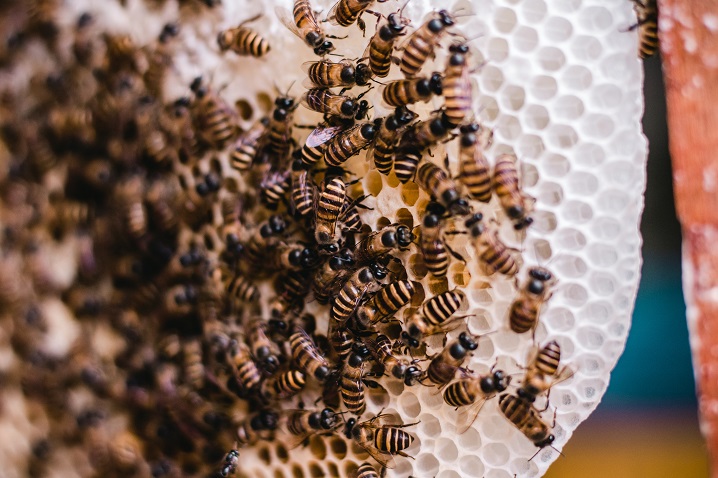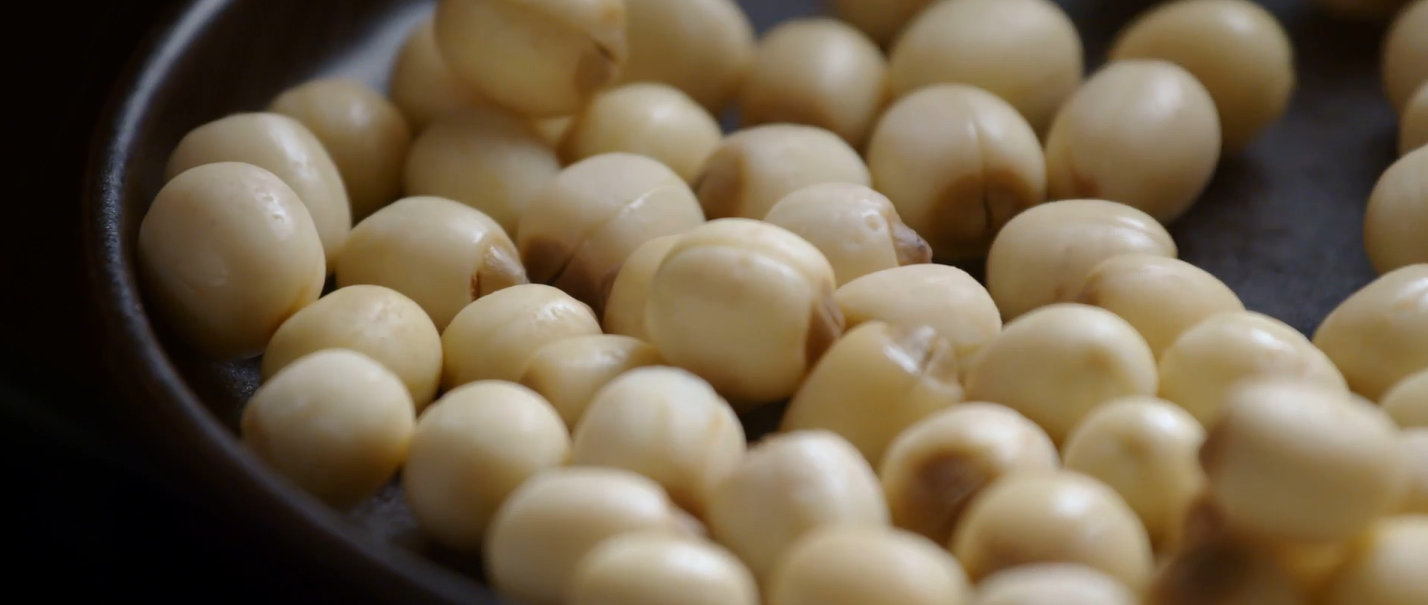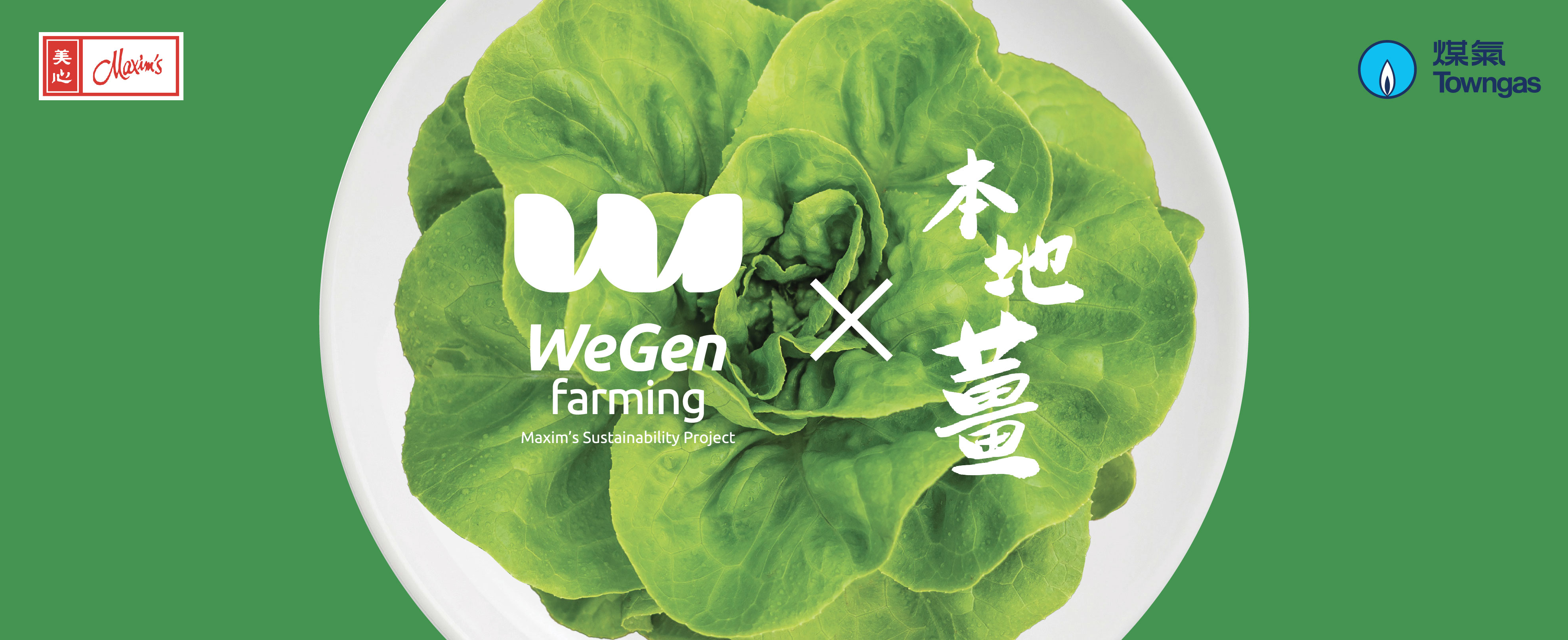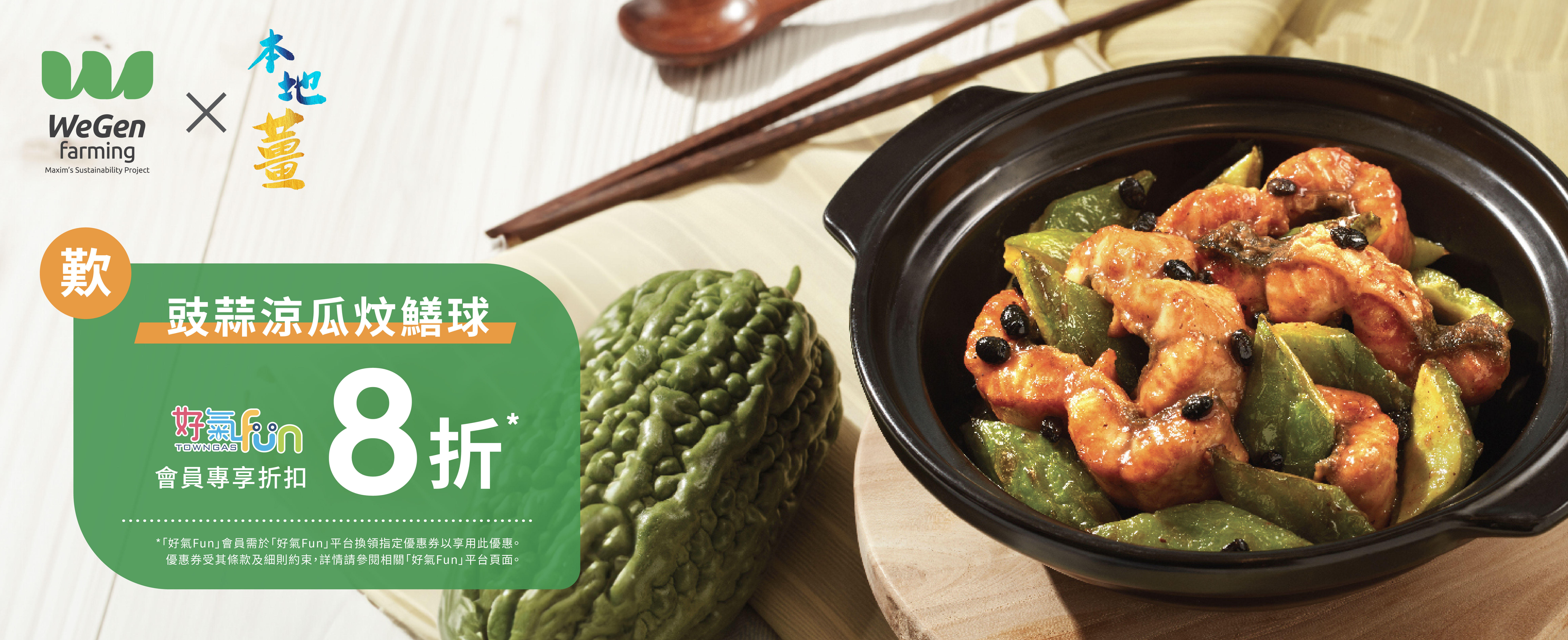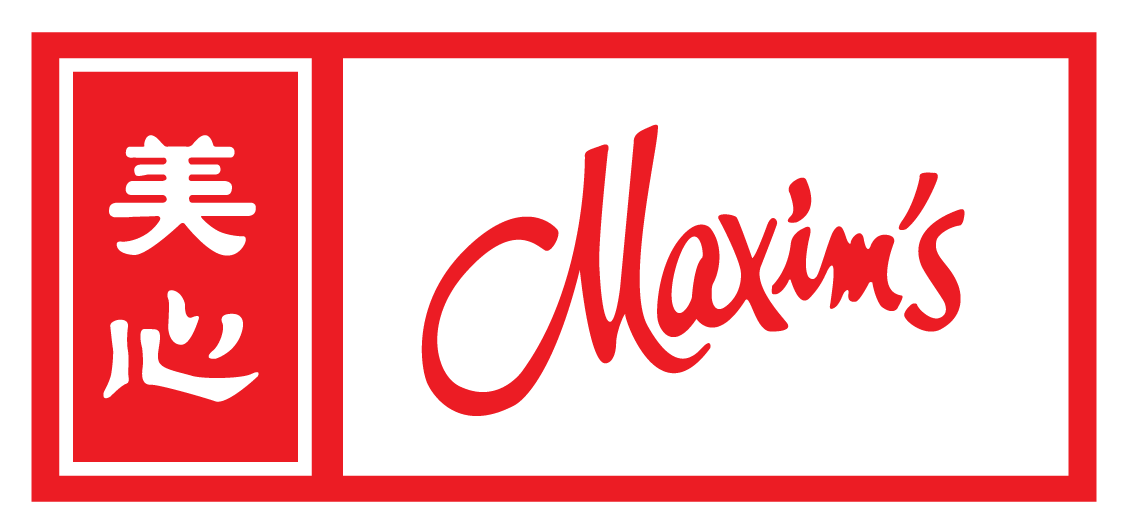The lotus seed paste used in MX mooncakes are made of premium lotus seeds that came to life under the tireless and collaborative effort of farmers, factories as well as supply chain and quality control departments. Every single seed is the best of the best.

There are hundreds of cultivated varieties of lotus. Different climates and environments give rise to various features and qualities. All these mean that the search for the best combination of seed varieties for the paste takes a lot of time and effort. Maxim’s Group had dedicated years on research and product development. Among all the candidates, lotus seeds from Hunan province emerged as the finest.
Hunan lotus seeds are round and full in shape, outshining the ones from Fujian and Zhejiang provinces. Its glorious past as a royal tribute dates back to as early as Song dynasty. How to identify the best seeds among tens of thousands of Hunan lotus flowers, then? There’s a tip. Pippo Au, Head of Supply Chain, explained, “The way to measure is to line up three uniform sized seeds, and see if the length is exactly one inch. Anything too big or too small for that is not preferred. That’s why we also call the perfect ones ‘three-inch lotus seeds’.”
Apart from choosing the right ingredient, food safety and quality are also not to be compromised.
“Three-inch lotus seed”: Three of these uniformed sized seeds add to up exactly one inch in length. The exquisite texture and delicate sweetness of these white gems shine through in the final product.
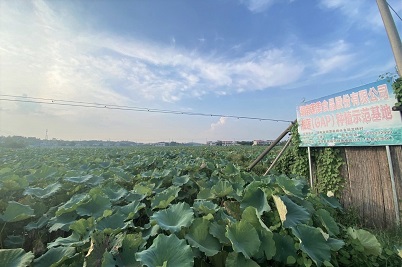
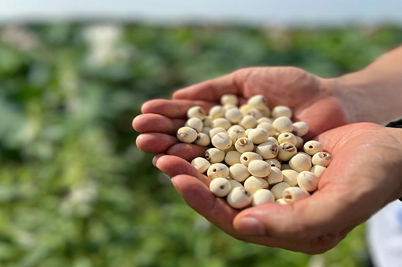
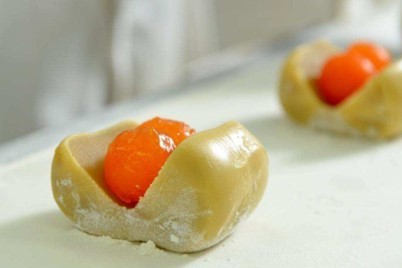
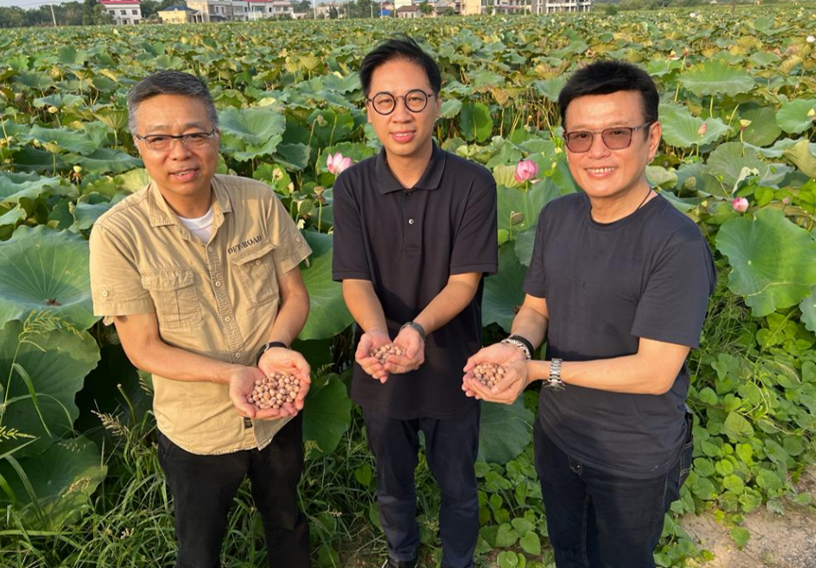
The Maxim factory, supply chain and Hunan lotus seeds planting bases collaborate closely to produce the lotus seed paste used in mooncakes, all the while complying to food safety requirements set out in the most detailed manner.
Mr Eddie Wu, Director of Factories, said, “The seeds are screened based on their shape, color and smell. We also pay attention to shipment conditions, such as if there's any foreign substances, the level of dryness and damage. Every link matters!” Because of how much attention is paid to details, the preparation for every batch of lotus seed paste that’s enjoyed during mid-autumn festival takes well over a year––planning work with the planting bases starts at around New Years’ time in the year before. “Extreme climate, high temperature and the pandemic posed a lot of challenges to harvesting and logistics. We have to start prep work even earlier,” said Eddie.
Sensible use of land and scientific farming methods are indispensable to the protection of natural resources and the environment. In light of this, Maxim works proactively with upstream suppliers and farms with an aim to build a system that is not only sustainable but also conducive to soil health and higher biodiversity.
The Maxim’s Group is committed to using Global Good Agricultural Practice (GGAP) certified produce. GGAP is a set of globally recognized protocol that ensures food safety in agricultural production by managing soil and water quality through rigorous risk management and analysis, while creating positive impact to local environment and communities.
According to Pippo, suppliers didn’t really understand how GGAP label works at first. “We had to provide training for suppliers so that they know what kind of land and water source meet the certification requirements.” As the harvested lotus seeds enter into storage facilities, they would then have to be randomly inspected for aflatoxin, heavy metals and stearate level to ensure that food safety standards are met.
Every bite of the sweet and delightful lotus seed paste is imbued with the dedication of team members along each step of the way—lotus planting, harvesting, seed selection, processing, QA checks, transportation to food factories. It is a true piece of art that even Chang’e, the moon goddess, would adore.
The Maxim’s Group is committed to using Global Good Agricultural Practice (GGAP) certified produce so as to ensure food safety in agricultural production by safeguarding soil and water quality.
Practicing crop rotation to protect soil fertility by leaving time for fields to recover
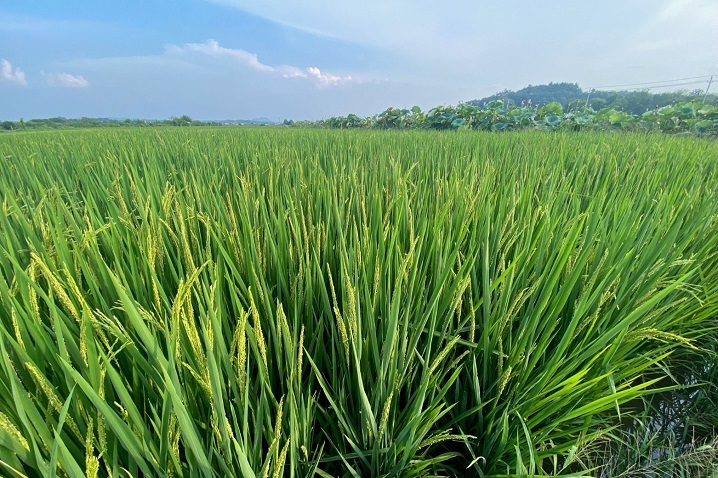
Planting insect repellent plants to reduce the use of chemical pesticides
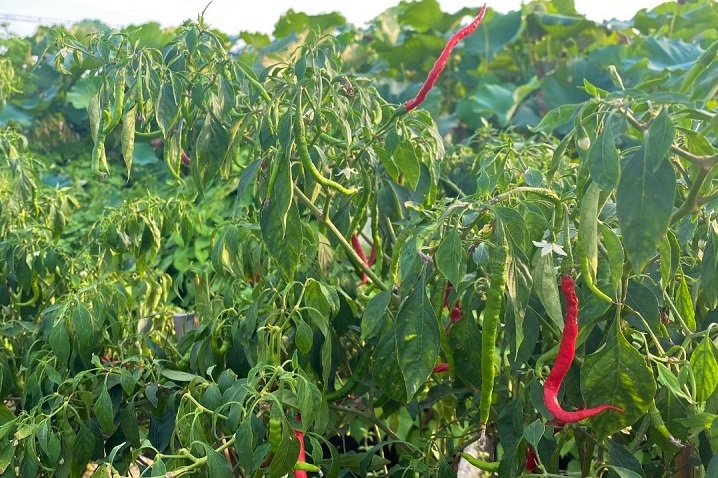
Growing nectariferous plant (e.g., sesame) to increase biodiversity
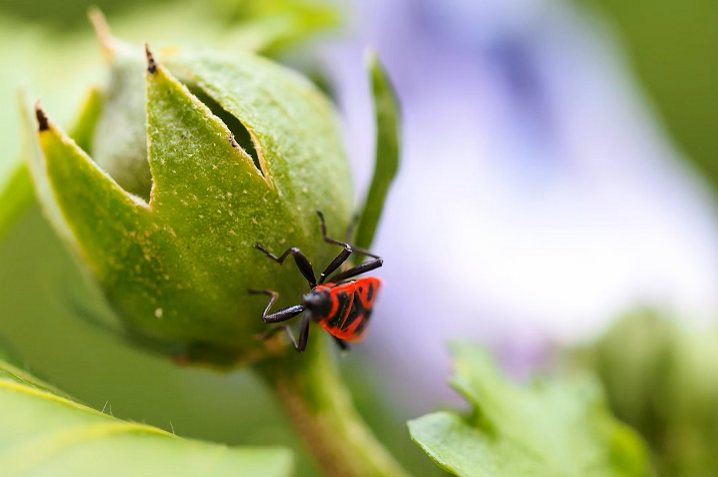
Keeping bees to facilitate pollination, a natural way to boost yield
